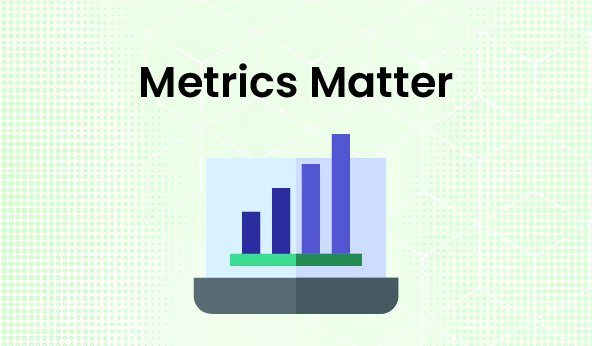From Data to Action: Using Accreditation Performance Indicators to Drive Institutional Improvement
General
Overview
As everyone knows, accreditation plays a critical role in our institutions. Have we really used accreditation performance indicators to up our game, though? These measures are instruments that can point us in the direction of significant, long-lasting improvements rather than merely statistics. Let's explore how we might utilize these indicators to push for continual development and the greatest results for our teachers and students—that is, to surpass expectations rather than merely meet them. Are you ready to discover how data can be used to take action? Let's go ahead and begin.
Understanding Accreditation Performance Indicators

Right, let's dissect it. The primary measures we employ to assess the success of your institutions are accreditation performance indicators. Consider them our grade card for variables such as research productivity, faculty credentials, and student success rates. We frequently look at popular measures, such as graduation rates and student satisfaction scores.
What makes them important? as they show us exactly where we are and draw attention to the places that require it. Because they give the proof that we're meeting requirements and making continual improvements, these indicators are essential to the certification process. In essence, these serve as our road map for preserving and improving the caliber of our education.
Collecting and Analyzing Data

That being said, let us now discuss how to obtain the necessary data.
Doing 360 surveys, getting comments, or looking through academic transcripts can all be easy ways to obtain pertinent data. Having appropriate procedures in place to record the relevant data is crucial.
Data analytics software or college accreditation software like Creatrix Campus may be quite helpful when it comes to examining this data. These instruments assist us in recognizing patterns, pointing out flaws, and emphasizing accomplishments.
Using Data to Inform Decisions
Okay, the data has been collated, bundled up, and examined. What comes next? Now is the time to turn those realizations into practical actions. This is where the magic happens: the transformation of meaningless data into actions that improve the performance and standing of our university!
Think about this: statistics indicating a decline in student participation in a specific course is an indication to look into the matter more. Do students feel that the content is either too difficult or not difficult enough for them? Is there a problem with the way the course is structured or taught? If the precise cause is identified, we may take focused action, such as updating the curriculum, giving more resources, or even creating chances for faculty development. Time to rethink.
Implementing Improvement Strategies for College Accreditation

There is a methodical approach to putting data insights into practice. You may apply improvement techniques based on data-driven insights in sequence like the below;
- First, determine the main areas that need improvement. Highlight the areas that require attention using your data analysis. This might include graduation rates or student participation in the course.
- Set Specific, Measurable Objective Goals as Step 2! Establish quantifiable, unambiguous objectives after determining where you need to improve. For instance, throughout the course of the following semester, try to raise student participation in a certain subject by 20%.
- Create focused interventions as the 3rd step. Make targeted plans to deal with the problems. Options such as curriculum revision, interactive components, or resource provision should be taken into consideration if there is poor student involvement.
- As part of step 4, put the changes into action. Implement the interventions that you have intended. To promote efficient implementation, make sure all pertinent parties are aware of the process and participating.
- Next is step 5 evaluate your development. Follow up on the modifications' effects at all times. Track your progress toward your objectives with statistics. Have further modifications ready if the intended outcomes aren't being obtained
- As the next step 6, compile a variety of input - Don't limit yourself to figures in this stage of college strategy accreditation! Involve educators, students, and other important stakeholders to get thorough input. Their viewpoints provide your data a rich, qualitative overlay that reveals insights that cannot be found in just statistics. You need this feedback loop to improve and adjust your methods.
- Ensuing this, as part of step 7, focus on ongoing evaluation and modifications! Develop the practice of routinely evaluating the results of your interventions. Combine your quantitative data with the qualitative input you've received to obtain a complete picture. This continuous evaluation procedure guarantees that your tactics will develop and get better with time, remaining applicable and efficient.
- As the final step 8, congratulate and exchange achievements! When you succeed, record the process and disseminate it widely both inside and outside of your organization. Showcasing your successful tactics encourages a culture of creativity and data-driven continuous improvement in addition to creating a resource of best practices. To spur on and encourage more work, acknowledge and celebrate these victories.
Wrapping up!
It's not only a fad, but rather a duty to use data to enhance institutions. Your institution may achieve greater results and real change by concentrating on accreditation performance metrics. Why then wait? Make use of the potential of data now. Check out Creatrix Campus if you're searching for strong tools to assist with accreditation administration and data analysis. Let's collaborate to make your organization the greatest it can be.
Want to contribute?
We welcome thought leaders to share ideas and write for our blog.
Become a Guest Author →
